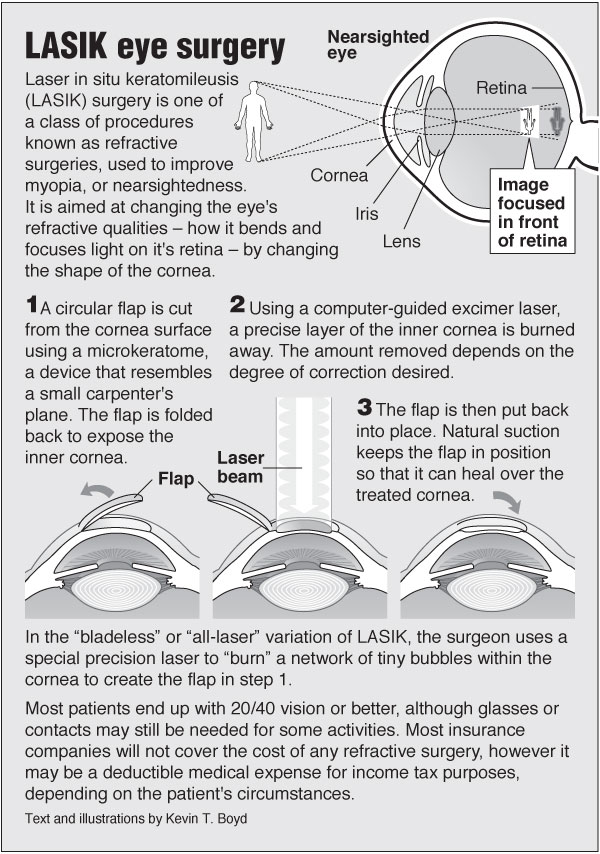Do You Have Concerns Concerning When Your Youngster Needs To See A Pediatric Ophthalmologist? Discover The Indications Of Vision Troubles And Key Strategies For Preserving Their Eye Wellness

Post Developed By-Key Wolff
As a moms and dad, you might ask yourself when your child must see a pediatric ophthalmologist. It's important to recognize the signs of possible vision issues, like scrunching up your eyes or constant headaches. You'll want to make certain your youngster gets the appropriate assessments at crucial ages. Comprehending these standards can assist you take positive actions for their aesthetic health and wellness. However what details signs should you search for, and what solutions are offered?
Common Indications of Vision Issues in Children
When you discover your kid scrunching up your eyes, rubbing their eyes, or battling to concentrate on distant items, it might be time to consider their vision health. These indications can indicate underlying problems that require attention.
You could likewise see them staying clear of reading or close-up tasks, often tilting their head, or complaining of frustrations after college. If your youngster seems conveniently distracted or has difficulty complying with relocating items, it might signal a vision trouble also.
In addition, if they usually cover one eye or experience difficulty with depth perception, it's essential to act. Being Amblyopia regarding these signs and symptoms can result in timely treatments, guaranteeing your child's vision establishes appropriately and supporting their learning and day-to-day activities.
Don't think twice to seek advice from a pediatric optometrist if you're worried.
Age-Specific Guidelines for Eye Tests
Eye exams are important at numerous stages of your child's growth, and recognizing when to arrange them can make a big difference.
For infants, it's suggested to have their very first eye test at six months. This assists catch any kind of prospective issues at an early stage.
As your youngster approaches age 3, a thorough exam is essential to analyze their vision and eye positioning.
Once they begin college, around age five or 6, ensure they've another exam to look for vision modifications that can affect learning.
Afterwards, routine eye tests each to 2 years are normally enough, unless your kid has certain concerns or risk aspects.
Remaining positive with these guidelines helps maintain your kid's aesthetic health and wellness for a life time.
Solutions for Usual Pediatric Vision Issues
Resolving common pediatric vision concerns early can considerably enhance your kid's lifestyle and discovering experience.
If your child struggles with nearsightedness or farsightedness, restorative glasses or contact lenses can help them see plainly.
For conditions like amblyopia (careless eye), treatments like covering the stronger eye can boost vision in the weaker one.
If your child has actually strabismus (crossed eyes), options like vision treatment or surgery may be necessary to line up the eyes.
Regular eye exams are vital for keeping an eye on these conditions and changing therapies as needed.
Encourage healthy eye behaviors, like limiting display time and making sure appropriate lighting while analysis.
Conclusion
To conclude, watching on your child's vision is important. a knockout post in mind to arrange their first eye exam by six months, and follow up at age 3 and about five or six. If you notice signs like scrunching up your eyes or problems of headaches, don't wait-- speak with a pediatric eye doctor. Early detection and customized solutions can make a significant distinction in your youngster's aesthetic health and wellness and total well-being. Do something about it now to guarantee they see the world clearly!

